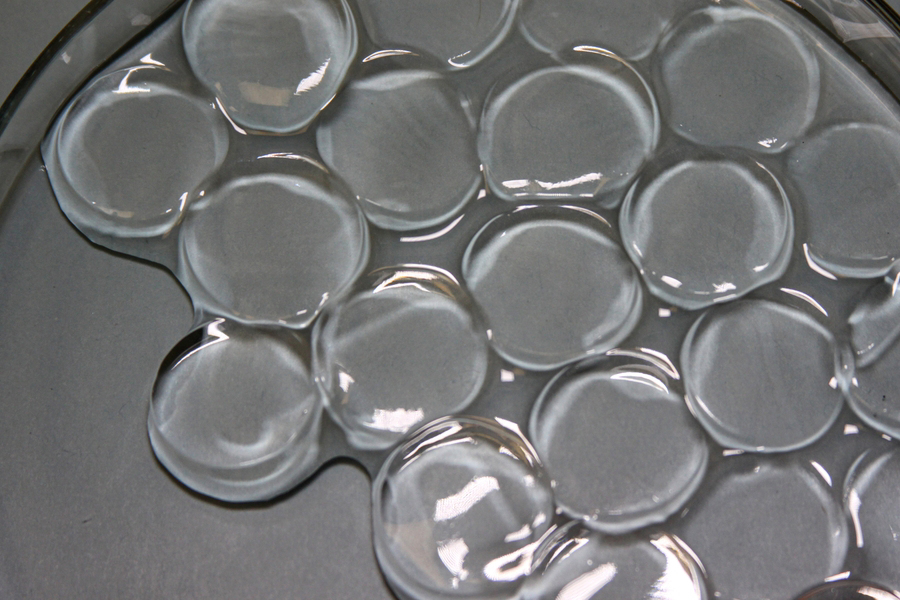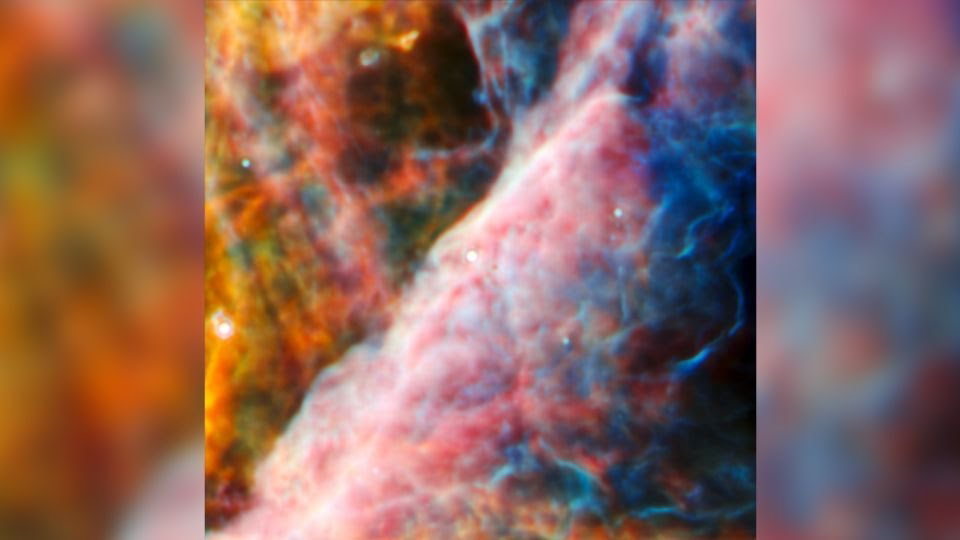MIT Engineers Develop Revolutionary Superabsorbent Hydrogel That Can Harvest Water From Desert Air
Image: Gustav Graeber and Carlos D. Díaz-Marín
In a new study published in the journal Nature Materials, engineers at MIT have developed a superabsorbent hydrogel that can absorb an unprecedented amount of moisture from the air, even in desert-like conditions. The material, which is infused with lithium chloride, can hold up to 200 times its weight in water, and it can do so even when the relative humidity is as low as 30%.
This makes the hydrogel a potential game-changer for water harvesting in arid regions. Currently, the most common way to harvest water from the air is through the use of atmospheric water generators (AWGs). AWGs work by cooling air below its dew point, causing the water vapor to condense and form liquid water. However, AWGs are expensive and require a significant amount of energy to operate.
The MIT hydrogel, on the other hand, is relatively inexpensive and easy to produce. It can also be used in a passive manner, meaning that it does not require any external energy source. This makes it ideal for use in remote and rural areas that lack access to electricity.
In addition to its potential for water harvesting, the MIT hydrogel could also be used in a variety of other applications. For example, it could be used to dehumidify air conditioning units, improve the efficiency of solar panels, or even create self-watering plants.
The researchers are currently working on scaling up the production of the hydrogel and developing new methods for harvesting water from the air. They believe that the hydrogel has the potential to revolutionize the way we access water in arid regions.
Here are some additional details about the MIT hydrogel:
1. The hydrogel is composed of a polymer network that is infused with lithium chloride. The lithium chloride attracts water molecules, causing them to bind to the polymer network.
2. The hydrogel can absorb up to 200 times its weight in water. This means that a small amount of hydrogel could potentially provide a significant amount of water for drinking, cooking, or irrigation.
3. The hydrogel can work in very dry conditions. It can absorb water from the air even when the relative humidity is as low as 30%.
4. The hydrogel is relatively inexpensive and easy to produce. It can be made from readily available materials, such as polymers and lithium chloride.
5. The hydrogel can be used in a passive manner. This means that it does not require any external energy source to operate. This makes it ideal for use in remote and rural areas that lack access to electricity.
The MIT hydrogel is a promising new technology with the potential to revolutionize the way we access water in arid regions. The researchers are currently working on scaling up the production of the hydrogel and developing new methods for harvesting water from the air. They believe that the hydrogel has the potential to make a significant impact on global water scarcity.
©️ Rocky Mountain Dispatch 2023




Comments
Post a Comment